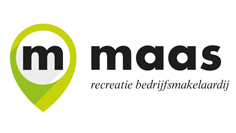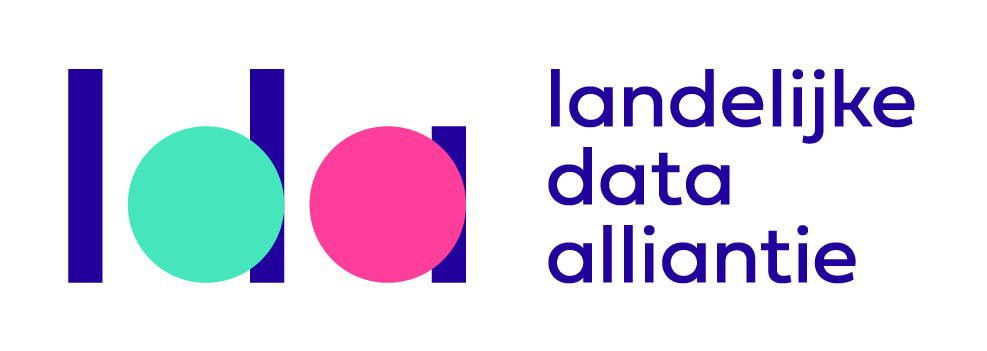Placemaking in Barcelona
From ‘Paris of the South’ to ‘Capital of the Mediterranean’

As Hildreth (2008) has argued, it is no longer enough for cities to change their image or brand – they need to improve their reality as well. In an increasingly networked and mobile society, any image or brand will quickly be checked against experience, and the real qualities of the place being promoted. So how do cities make themselves ‘the place to be’, especially when everywhere else also wants to be ‘the place to be’? If places need to improve their reality to meet the needs of an increasingly demanding marketplace, then they need to shift from a city marketing mindset to a placemaking mindset.
In broad terms, placemaking is about shaping cities.
But as Soja argued in his volume on ‘Thirdspace’, it is not just the physical
reality of the city that matters, but also the way that reality is represented
and lived or experienced. We can therefore conceive of placemaking as a social
practice that involves three different elements: materials, meaning and
creativity (see table). Good placemaking involves shaping the material reality
of the city in order to give the lived spaces of the urban meaning for
inhabitants and other users of the city.

The elements of placemaking
The Barcelona road to success
If we look at Barcelona for example, we can begin to see what makes things happen in the sphere of placemaking. Barcelona, driven by identity politics after the death of Franco, has arguably managed to balance all three aspects of the placemaking model in the development of the city.
The city was physically re-modelled through the
regeneration effort linked to the 1992 Olympics. Urban regeneration created new
cultural spaces, new visual icons and opened the city to the sea.

Barcelona, city view
The representation of the city shifted from being the Paris of the South to the Capital of the Mediterranean, supported by cultural icons including Miro, Dali and Picasso (Richards and Palmer, 2010). This also linked to the shifting image of the city from a port and business centre to a leisure and cultural destination. The lived experience of the city changed as more public space was punched into the dense fabric of the inner city and the city was linked more closely with the sea. The death of Franco gave the streets back to the people, leading to more public expression and animation as the ‘cultural isostasy’ (Richards, 2007) of the Catalan capital was restored with a boom in events, festivals and public facilities.
|
"If after 1992 Barcelona was still suffering a
post-Olympic hangover, at the end of the decade tourism had doubled and Gaudí
was established as an iconic figure in design magazines and tourist guides." Greg Richards |
The combination of all these factors led to a renaissance of cultural production and consumption, creativity, architecture, economic activity and most notably tourism. If after 1992 Barcelona was still suffering a post-Olympic hangover, at the end of the decade tourism had doubled and Gaudí was established as an iconic figure in design magazines and tourist guides. In 1999 Barcelona even became the first city to win a RIBA Royal Gold Medal for its architecture.
Barcelona managed to maintain this momentum into the ‘noughties’,
with a programme of event-years designed to follow up on the Olympic success
story, including the phenomenally successful Gaudí Year in 2002. Events such as
the very popular Sónar Festival also introduced the city to new audiences and
created even more ‘atmosphere’ (Richards and Colom, forthcoming). Although
events often took the headlines and boosted tourism, however, the micro-scale
remodelling of the urban fabric was also crucial. Holes were punched into the
dense fabric of the old city to bring light and create new spaces of
interaction (or what Delgado and Richards 2003 termed ‘trusting spaces’). The
new hard plazas also became visually iconic, as in the case of the Plaça dels
Angels in front of the MACBA Contemporary Art Museum, which is still the
backdrop for skateboarding video shoots. There was a recognition that these spaces
could not instantly be turned into ‘places’, but that the patina of years of
lived experience was necessary to make this happen.

Gaudí Experience
Permeability, mutability, tangibility
In the Barcelona model of placemaking the success
factors are threefold: permeability, mutability and tangibility. Permeability
in making public space visible, accessible and readable; mutability in making
spaces multifunctional, heterogeneous and flexible; tangibility in developing
the reality behind the image of the city, which in turn impacts on the lived
experience of all users of urban space.
The Barcelona experience also underlines the recursive
relationship between physical space, place and events. Large scale events
require not just a time, but also a space in which to unfold. Barcelona is
pock-marked with the traces of events, some of which like the Cuitadella Park
or the Olympic Port have melded into and moulded the urban fabric. In all
cases, however, the opening up of spaces by and for events creates a need for
more events to provide animation, or the development of structures to provide
more permanent forms of use.

Decorated street
It’s not all good news and triumphs however. The UNESCO-sponsored
Universal Forum of Cultures in 2004 was an attempt at top down placemaking
which failed spectacularly. Originally conceived of as helping to complete
Cerda’s original plan for the city, over 3 billion euros of private investment
was generated for the many apartments, hotels and office blocks that filled the
Diagonal Mar area. The cultural content of the event was less successful,
partly because the linkage of the event with major corporations alienated many
in the alternative sector, partly because of the removal of local communities
to make way for the site and also because the marketing campaign was woefully
inadequate. However, it was the lived experience that received least attention
and which also caused most problems. The site itself was poorly designed, with
vast open areas of concrete that were at best unwelcoming and hardly in keeping
with the cultural intent of the event. Regular attempts at animation kickstarting
social and cultural activity produced some hot-spots, but there was a total
disconnect between the debates and conferences set up to discuss the state of
global culture and the Forum site itself. Legacy planning was also totally
absent, meaning the site remained an unused windy wasteland for years
afterwards. So the Forum mobilised a lot of material assets, and also arguably
involved a lot of creativity, but it totally failed to generate meaning for the
city or its inhabitants.
The Barcelona case also underlines what McCann (2002) frames as the struggle between ‘culture’ and ‘economy’, or between exchange values and use values. Many now complain that the centre of Barcelona has become an open-air museum or theme park, with residents displaced by commercial development, gentrification and Airbnb. The privileging of exchange value threatens to destabilise the Barcelona placemaking model, even though the municipality appears to be fighting back with new controls on development and civic order.
Tourists as temporary citizens
One attempt to re-establish the primacy of use value for urban space has been a reframing of the meaning of space and its users. One of the interesting aspects of the latest urban plan for Barcelona for example, was the way in which tourists were re-positioned as ‘temporary citizens’. The change in role from consumers to citizens not only confers rights on the tourists as users of the city, but it also implies duties to be responsible tourists able to share the lived space of the city with others. It is perhaps too early to tell if this particular strategy has been a success, but monitoring of the attitudes of local residents towards tourism has shown a consistently high level of support for tourism in spite of the many episodic problems linked to tourism development (Richards, 2015). This seems to indicate that the residents of Barcelona are also aware that the relationship between physical space, the users of that space and the meanings attached to it can all be mutually influenced by placemaking processes.
- Hildreth, J., ‘The Saffron European City Brand Barometer. Revealing which cities get the brands they deserve’, (2008), http://saffron-consultants.com/wp-content/uploads/Saff_CityBrandBarom.pdf (Accessed 10th March 2009).
- McCann, Eugene J., ‘The cultural politics of local economic development: meaning-making, place-making, and the urban policy process’, in: [1X CURSIEF]Geoforum (2002) 33, p.385-398.
- Richards, G., ‘The authenticity of a traditional event – the views of residents and visitors’, in: [2X CURSIEF]Event Management (2007) 11, p.33-44.
- Richards, G., ‘Barcelona: a victim of its own success?’, in: Hodes, S. (ed.), [3X CURSIEF]Anticipating the Future (Amsterdam 2015) p.58-59.
- Richards, G. and Colombo, A., ‘Creating network value: the Barcelona Sónar Festival as a global events hub’, in John Armbrecht, Erik Lundberg, Tommy Andersson and Donald Getz (ed.), [4X CURSIEF]The value of events (forthcoming).
- Richards, G., and Delgado, E., [5x CURSIEF]Creative tourism and trusting spaces (Barcelona 2002).
- Richards, G. and Palmer, R., [7X CURSIEF]Eventful cities: cultural management and urban revitalisation (London 2010).
- Soja, E.W., [11X CURSIEF]Thirdspace: journeys to Los Angeles and other real-and-imagined places
(London 1996).
About Greg Richards
Greg Richards is professor of Leisure Studies at Tilburg University and professor Events and Placemaking at the NHTV.
Dit artikel is eerder geplaatst in het themanummer
Cities & Leisure in Transition van MMNieuws dat samen met NHTV Breda is
samengesteld. De komende periode plaatsen we meer artikelen uit dit themanummer
op het NRIT Media Vrijetijdsplatform. Meer artikelen tref je ook aan op: http://www.mmnieuws.nl/issue/cities-in-transition-leisure/



































































